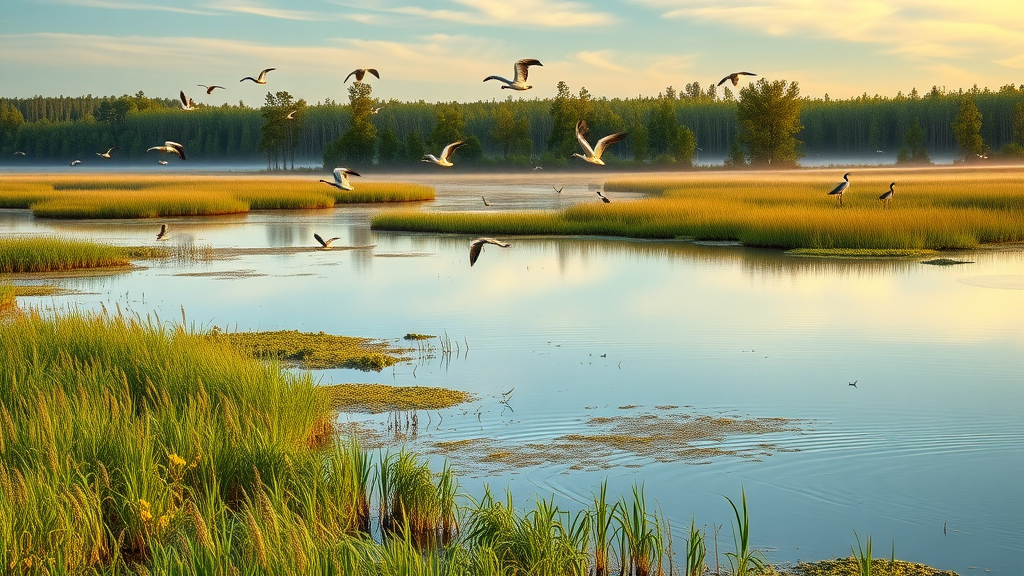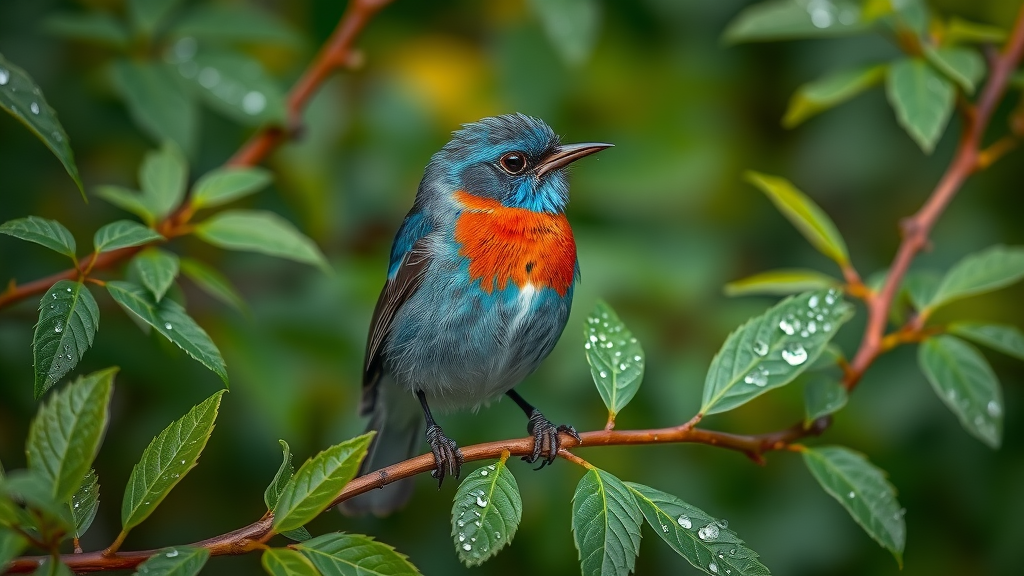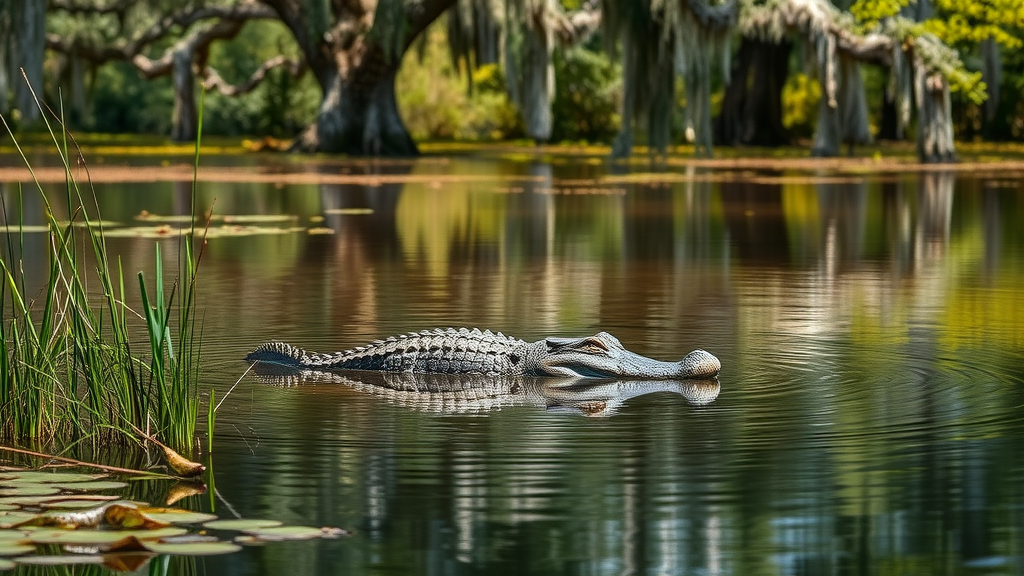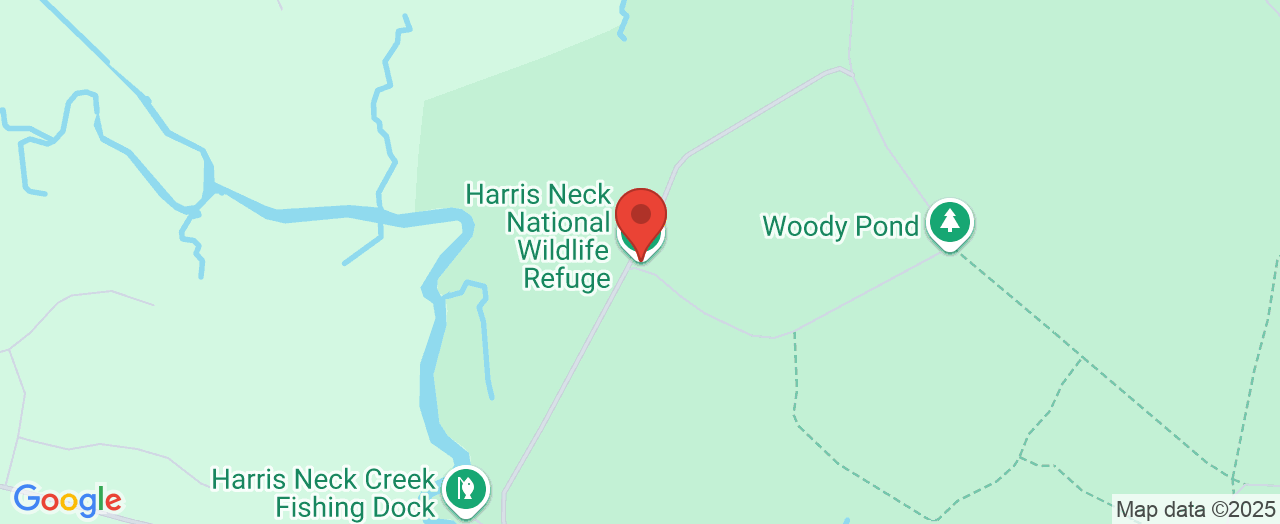Startling Encounters and Untold Stories Await in America’s Untamed Corner
Have you ever wondered what secrets lie beneath the lush canopies and winding waterways of coastal Georgia? Away from the typical tourist trails and urban bustle exists a refuge where nearly 350 species of birds find sanctuary, and everyday visitors might spot a threatened wood stork or the flash of a painted bunting’s wings. Harris Neck National Wildlife Refuge isn’t just another patch of protected land—it’s part of an essential ecological network along the eastern seaboard, inviting explorers, families, and wildlife enthusiasts into a vibrant, untamed world every sunrise.
Yet far too many drive past or overlook the extraordinary role places like this play—not only for nature, but for people craving a reconnection with the wild. With the visitor contact station temporarily closed due to staffing shortages, most journeys here are self-guided, heightening the sense of discovery and the responsibility of each guest. But what does a day at Harris Neck National Wildlife Refuge truly offer, and why should it matter to anyone seeking solace, inspiration, or the next great outdoor experience? Uncovering the answer reveals a tapestry as rich in lesson as it is in beauty.
Beneath the Canopy: Why Harris Neck’s Ecosystem Demands Attention

To truly grasp the significance of Harris Neck National Wildlife Refuge, consider its remarkable biodiversity bridge—serving as a critical inland base for nearby barrier island refuges, including Blackbeard Island and Wolf Island. This interconnected chain of habitats ensures migratory birds have rest stops and nesting grounds that are vanishing across the nation. Within these 2,824 acres, thriving wetlands, woodlands, and open fields create varied environments where each species—from shy songbirds to majestic white-tailed deer—plays a role in an intricate web.
Lack of understanding or appreciation for such habitats often leads to their decline. When wetlands are drained or forests cleared, delicate species lose lifelines, while local communities miss out on opportunities for education, recreation, and restorative connection with nature. Without places like Harris Neck, generations may never experience the awe of seeing an alligator up close or hearing the chorus of frogs at dusk. Knowledge becomes not just power, but responsibility. By learning about and experiencing such preserves, visitors become the next line of guardians for these irreplaceable natural stories.
How Harris Neck National Wildlife Refuge Inspires Exploration, Education, and Conservation
As part of the U.S. Fish & Wildlife Service network, Harris Neck exemplifies how protected lands transform lives and landscapes. Its daily open hours from sunrise to sunset invite visitors to unplug, observe, and photograph wildlife on their own terms. Self-guided drives and hikes immerse guests into a world teeming with life—where seeing a wood stork nest on Woody Pond or glimpsing a flash of painted bunting blue provides indelible memories and sparks lifelong curiosity.

Real-world benefits stretch beyond simple sightseeing. By offering fishing opportunities, seasonal deer hunting, and trails for walking and cycling, the refuge supports active lifestyles and fosters a tangible bond between people and the land. Equally significant is its educational power: spotting rare birds or interpreting historical artifacts on the grounds highlights both ecological wonder and the deep-rooted human stories that weave through this region. In every way, Harris Neck National Wildlife Refuge becomes a living classroom and adventure zone—one that rewards patience and opens eyes to the world’s subtle marvels.
The Legacy of Harris Neck: From Wartime Airfield to Wildlife Haven
Harris Neck’s story is unlike many other wild spaces. Once used as a military airfield during World War II, these fields and runways have been reclaimed by marsh and forest, evolving into a sanctuary where wildlife now outnumbers people. Visitors can find remnants of the past—like the abandoned reflecting pond and the outlines of historic roads—giving outdoor exploration here a unique dimension that mingles human resilience with nature’s renewal. Exploring these relics adds emotional depth and historical context, making every walk a step back through time.
Explore Diverse Habitats and Their Seasonal Surprises
Sweeping ponds, dense woodlands, and open meadows make Harris Neck National Wildlife Refuge a destination where each visit can bring surprises. Nearly 350 species of birds cycle through these lands annually, from signature wood storks in their large nesting colonies to painted buntings that appear like jewels against green foliage. Alligators, frogs, and deer can often be spotted along trails or from the comfort of a vehicle on the wildlife drive. Changing seasons bring shifting wildlife patterns, offering photographers and families new wonders with every return trip.

Practical Tips for Safe and Rewarding Visits
Venturing safely in a wild refuge requires preparation and care. While the visitor station remains closed due to staffing shortages, clear signage and well-marked trails help guide the curious. Bringing essentials like sunblock, bug spray, water, and a walking stick ensures physical comfort and protection. Caution is crucial: keeping a respectful distance from wildlife, watching out for spiders and their webs, and being wary of alligators ensures safety for all guests—two- and four-legged alike. Slowing down on drivable trails is advised since deer and other animals often cross unexpectedly, reminding every visitor that this is their home, too.
Harris Neck’s Perspective: Conservation, Accessibility, and Community Connection
Harris Neck National Wildlife Refuge, as part of the broader U.S. Fish & Wildlife Service, demonstrates a commitment to balancing wildlife protection with human experience. The refuge’s open-access hours, managed hunting programs, and ongoing forest projects showcase a philosophy rooted in stewardship and sustainability. Conservation here is not passive—it involves ongoing habitat management to support both threatened and common species, making sure that rare birds like the wood stork always have a safe place to nest.
Despite current staffing limitations that have temporarily closed the visitor station, the refuge’s ongoing accessibility for daily visits signals a belief in community connection and public trust. By remaining open every day of the year from sunrise to sunset, Harris Neck stands by its mission to create space for both wild things and people seeking learning, peace, and adventure. The refuge’s unique positioning—serving as a land bridge between barrier island sanctuaries—further reflects a long-term view: ecosystems don’t operate in isolation, and neither should conservation efforts.

Real Experiences: Visitor Reflections of Harris Neck National Wildlife Refuge
Every corner of Harris Neck gathers stories—of first-time birders, curious families, and seasoned hikers discovering something new on every trail. These personal accounts often reveal what formal brochures cannot: the emotional impact and practical lessons learned during a visit. One especially vivid review captures both the wonder and wisdom that the refuge instills:
This is an amazing place to visit if you have the chance!! Self guided tour through the Refuge. So much history here to learn about. We saw a small alligator while visiting. We were able to find the abandoned reflecting pond and fountain. I highly recommend bringing a walking stick if you have one. As well as sunblock, bugspray, and plenty of water! Make sure to watch for spiders and their webs while also keeping your eyes open for the alligators. I would definitely visit again if given the chance to see more of what we missed the first visit through.
This firsthand experience highlights what many visitors soon realize: every journey through Harris Neck National Wildlife Refuge weaves together exploration, learning, and care for the environment. With simple preparation, anyone can unlock secret corners, embrace moments of awe, and join a community of people who value wild places for generations to come.
The Refined Value of Open Wild Spaces in a Changing World
Protecting and exploring the wonders of Harris Neck National Wildlife Refuge means gaining more than beautiful photographs—it’s about understanding the essential interplay of biodiversity, history, and human responsibility. As a vital link along the eastern seaboard, this refuge protects habitat for hundreds of wild species while offering vital green space for public inspiration and renewal. With ongoing conservation projects and a philosophy anchored in real accessibility, Harris Neck remains a beacon for those ready to rediscover nature’s importance in both daily life and the future of our planet.
The contributions of Harris Neck National Wildlife Refuge to both wildlife and the local community exemplify forward-thinking stewardship. Each visit fosters curiosity, empathy, and a deep appreciation for the natural world, ensuring the wonders of this sanctuary remain safeguarded for all who follow. For anyone searching for connection, adventure, or purpose, the lessons and beauty of Harris Neck will always be there—waiting beyond the next turn in the trail.
Contact the Experts at Harris Neck National Wildlife Refuge
If you’d like to learn more about how Harris Neck National Wildlife Refuge could benefit your next outdoor adventure, contact the team at Harris Neck National Wildlife Refuge.
📍 Address: 5000 Wildlife Dr NW, Townsend, GA 31331, USA
📞 Phone: +1 843-784-9911
🌐 Website: https://www.fws.gov/refuge/Harris-Neck/
Location and Hours for Harris Neck National Wildlife Refuge
🕒 Hours of Operation:
📅 Monday: 7:00 AM – 6:30 PM
📅 Tuesday: 7:00 AM – 6:30 PM
📅 Wednesday: 7:00 AM – 6:30 PM
📅 Thursday: 7:00 AM – 6:30 PM
📅 Friday: 7:00 AM – 6:30 PM
📅 Saturday: 7:00 AM – 6:30 PM
📅 Sunday: 7:00 AM – 6:30 PM

 Add Row
Add Row  Add
Add 





Write A Comment